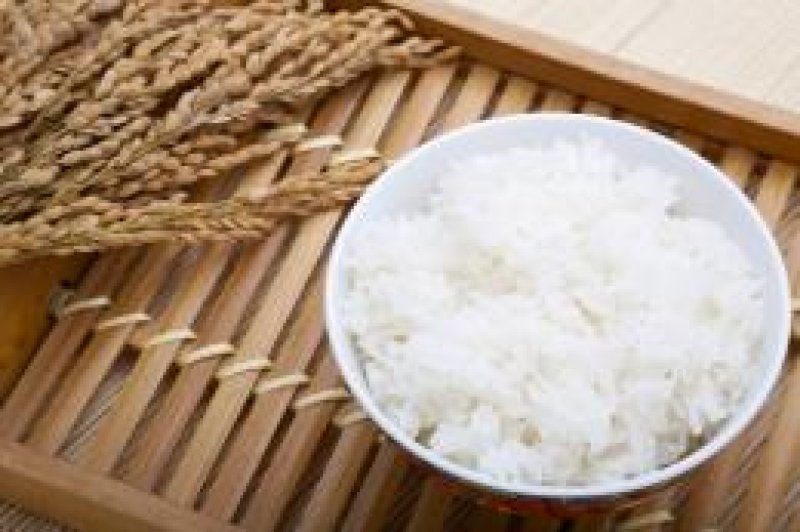Japanese researchers are developing several new varieties of rice that could not only benefit farmers in the face of drought or crop diseases, but also consumers who suffer from allergies. Since the rice genome was sequenced in 2004, researchers have been able to fine-tune rice-improvement breeding by selecting hybrid strains that contain target genes. The method is three times faster than conventional breeding, and Japan has been a world leader in rice research.
Farmers are now demanding rice that can grow faster, without any decrease in yields. Scientists at the Japan International Research Center for Agricultural Sciences have engineered a variety that can ripen seven days quicker than previous strains. Farmers depend on rainfall, so faster-growing rice would reduce the risk of losing rice crops to unexpectedly dry conditions, which is likely as the global climate becomes more unpredictable.
The Japanese National Institute of Agrobiological Sciences (NIAS) is testing a strain of rice that is highly tolerant to drought. The scientists created this strain after they discovered a gene that helped roots grow deep within the earth. The strain is being tested in the Philippines by the International Rice Research Institute. The NIAS has also discovered genes that could allow rice to be resistant to the ‘rice blast’ disease, which is caused by a fungus and can ruin entire rice crops.
At the Awajishima Monkey Center in Hyogo, scientists are feeding monkeys another NIAS strain—one that was developed to treat seasonal hay fever. Monkeys that are allergic to cedar pollen are eating rice that contains a gene from the pollen, but the gene is modified to produce a protein that does not cause allergic reactions. The rice can be used to combat allergies to foodstuffs, mites and the like.
The NIAS hopes to begin human testing in two years and release the rice commercially within ten, but they must overcome several regulatory hurdles before the rice can be released–specifically, whether they must classify the rice as a food or as a drug, which would require tighter regulations. They are also working on strains of rice that could lower blood pressure and reduce fat.
Read the full, original story here: Researchers genetically alter rice in hopes of new ‘Green Revolution’
Additional Resources:
- Seeking a splice for better rice, Phys.org
- Genetically modified rice fights allergies, Live Science
- Rice gene digs deep to triple yields in drought, SciDev































